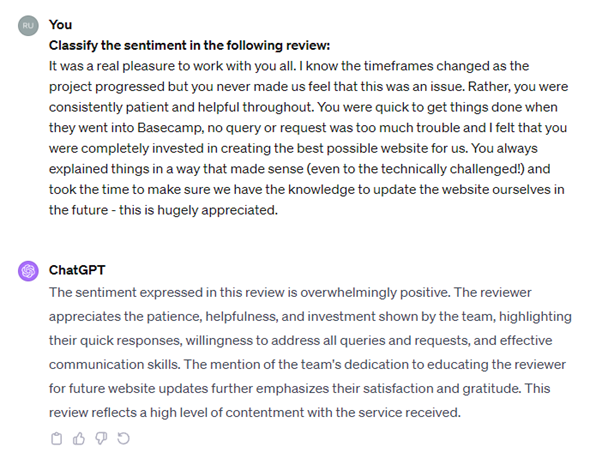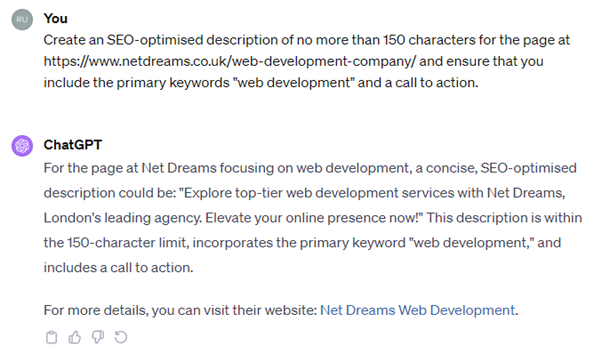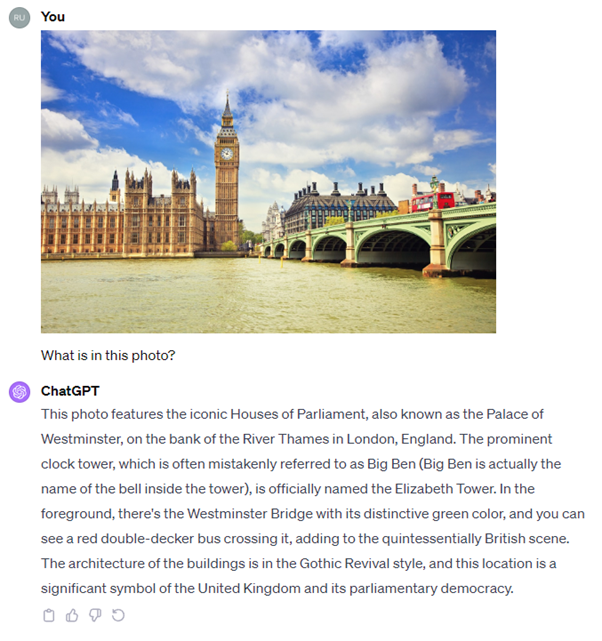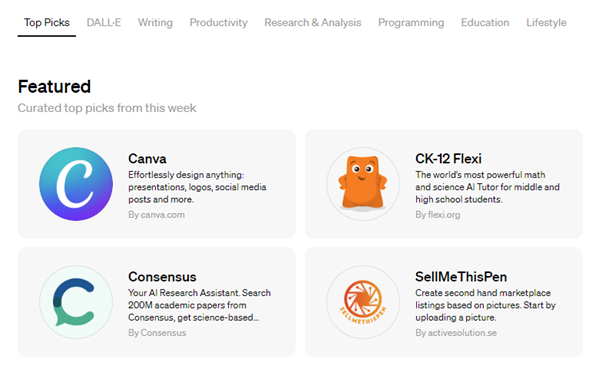AI In Web Design. Ideas For How AI Can Be Used In Web Applications
By Darren Chowles on Tuesday, 23 January 2024
By now, almost all of us have heard about AI, spearheaded by OpenAI’s ChatGPT, which propelled this all into the mainstream. And even though AI is nothing new, the breakthroughs have resulted in dozens of new startups, apps and innovative applications of the technology.
AI looks set to follow the same trends as technological waves that came before:
- They’ll become more accurate (with fewer hallucinations, which are inaccurate responses that might even be complete nonsense);
- The models will become cheaper to train as a result of hardware advances and optimised methods of training;
- The use of AI will become more widespread and part of everyday life (much like how social media has become part of everyday life for many).
AI has affected and will continue to affect many industries. One of these is web development and design. You only have to look at investments like Microsoft’s billions into AI to see how active the space is. The web is entering a new era, from coding assistants to managed SaaS AI platforms.
At our London web design agency, ID Studio's web development team has been integrating AI to enhance website functionality for our clients. In this article, we look into AI and ideas for its use within web applications.
AI Ideas for Web Applications
The use cases for services like OpenAI are virtually endless. Below are some of the capabilities provided by the OpenAI platform. We used the online version of ChatGPT in these examples, but they can also be performed using the extensive OpenAI API. The API can be accessed using many of the libraries available, including OpenAI PHP, which a Laravel core developer maintains.
Our Laravel developers are certified and available for consultation on any projects you have in mind, with or without AI capabilities!
Text Generation
The most popular tool, it’s trained to process and respond to input (referred to as “prompts”) using natural language. Using this, you can develop applications that:
- Write and debug code;
- Provide summaries for a corpus of text or allow you to ask questions about custom data (also known as RAG or retrieval-augmented generation);
- Deliver translation services.
The key is to write the most efficient prompt to obtain the most relevant response from the LLM (large language model). This is also called “prompt engineering”, which can be a speciality on its own (we have an article coming soon that will dive into this a little more).
A popular use of ChatGPT is sentiment analysis. Using a simple prompt, we ask ChatGPT 4 to analyse one of our reviews:

Of course, we might want a slightly less verbose answer. So, we ask it to sum up the sentiment in one word:

Using sentiment analysis, you can direct customer feedback to the correct channels and assign relevant priorities to the requests.
You could even ask ChatGPT to summarise a page at a particular URL to create a meta description:

It’s not perfect, but it came in under 150 characters and included the primary keyword. With some tweaking to the prompt, you can align the results more with your end goal. You could also feed it the text rather than requiring ChatGPT to browse to the URL in question.
Image Generation
OpenAI provides DALL·E for generating images from text prompts. Another very popular generative AI service for image generation is Midjourney.
You can use image generation tools as an alternative to the usual stock photos and create product mock-ups, social media visuals, and educational material.
Vision
GPT-4V takes a supplied image and allows you to ask questions about it. We gave it a photo of London, and the results were impressive:

As with most AI tools, there are limitations and care should be taken when using these models on non-trivial production applications.
Text to Speech
There are several use cases for converting text to speech. Some of these include:
- Narration of content and articles, ideal to make content more accessible;
- Producing spoken language from text in several languages.
OpenAI has a text-to-speech API endpoint that converts text into voice using one of its current six available voices. The resulting file can be configured as MP3 or other formats like AAC. They even allow you to stream the audio in real time.
Speech-to-Text
AI speech-to-text services allow you to transcribe audio into text. This service could allow you to turn calls, meetings, podcasts and other audio mediums into searchable text for future reference, training, and extracting valuable insights.
AI Assistants
OpenAI introduced the facility whereby you can create your own assistant or GPT. The most exciting part is being able to augment the assistant with data from outside the model. This may include company-specific information and documents. OpenAI automatically takes care of storing, indexing, and retrieving results based on the prompts used.
Being able to create custom GPTs has resulted in OpenAI launching the GPT Store, where users can submit their custom GPTs to the marketplace. Popular GPTs include Canva, allowing you to generate custom graphics from within ChatGPT.

Conclusion
We only looked at the tip of the iceberg regarding AI tools and applications. This is a fast-changing industry, and things that are new and cutting-edge today could become outdated in a matter of weeks or months.
And, of course, OpenAI is only one of the many AI platforms out there. Several open-source LLMs exist, including versions that can be run on your desktop for offline use.
Only time will tell how this technology progresses. And if you’re looking at leveraging the latest in AI, give us a call or drop us an email to discuss your vision.






